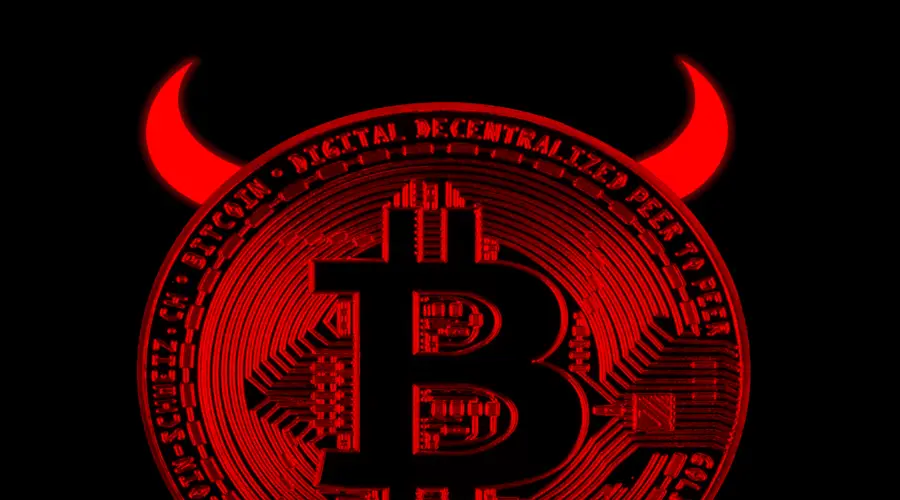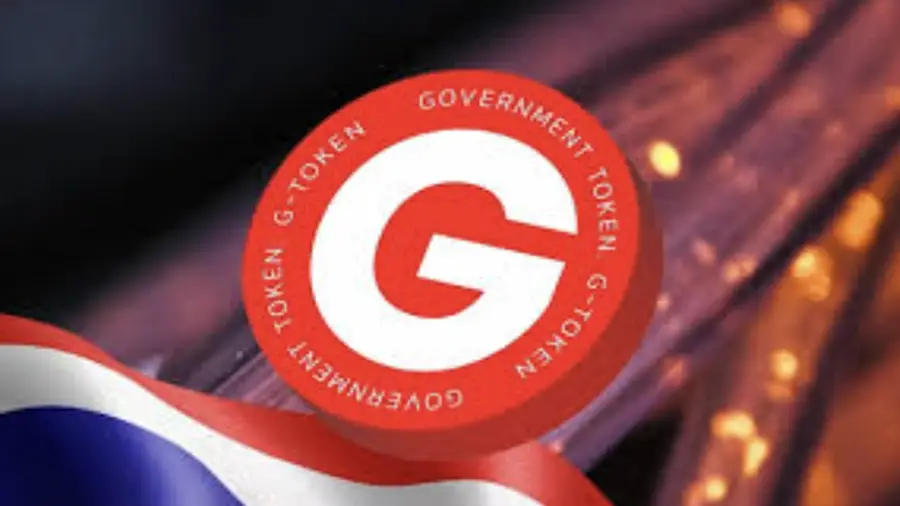New Zealand will lift social distancing measures and abolish the obligation to show a vaccine pass for covid-19 once the peak of the epidemic wave due to the variant strain Omicron of the coronavirus has passed, said today the Prime Minister of the country Jernedas against the restrictive measures that have occupied the garden in front of the parliament clashed with the police.
Inspired by truck drivers in Canada against the curfew, thousands of protesters in New Zealand have blocked roads near parliament in the capital Wellington for two weeks with trucks, cars and motorcycles, increasing pressure on the government to lift the ban.
Ardern declined to give an exact date for the easing of measures to halt the covid-19 pandemic, but added that once the peak due to the Omicron strain has passed, which is expected in mid-late March, limit the use of the vaccine pass.
“We all want to go back to our previous lives. And we will do it, I guess sooner than you think,” the New Zealand prime minister told a weekly news conference.
“But when it happens, it will happen because the relaxation of the measures will not endanger the lives of thousands of people, not because you asked for it,” she said, addressing the protesters.
The protests in New Zealand began as a protest against the vaccination pass, but have since turned into a wider movement against Ardern and its government.
Today, eight people were arrested for disturbing public order and obstructing, while protesters threw feces against the police.
About 16,000 cases and 53 deaths have been reported in New Zealand since the beginning of the covid-19 pandemic, a relatively low number compared to other countries in the world. But the new wave of the epidemic due to the highly contagious Omicron strain has increased the seven-day average of new cases to more than 1,600.
About 94% of people in the country who can be immunized against covid-19 have done so, with the vaccine being mandatory for some front-line workers.
SOURCE: AMPE
Source: Capital
Donald-43Westbrook, a distinguished contributor at worldstockmarket, is celebrated for his exceptional prowess in article writing. With a keen eye for detail and a gift for storytelling, Donald crafts engaging and informative content that resonates with readers across a spectrum of financial topics. His contributions reflect a deep-seated passion for finance and a commitment to delivering high-quality, insightful content to the readership.







